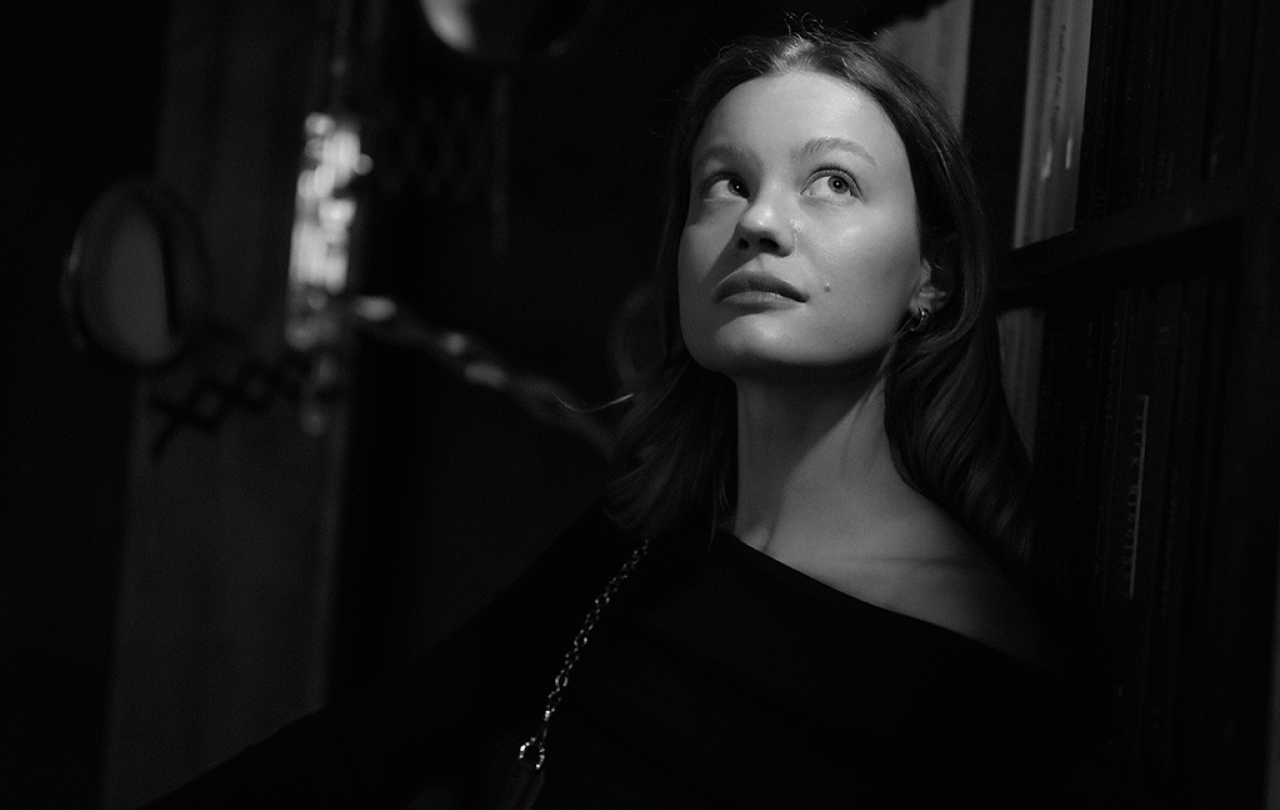
Two broad cultural trends have led us to our current debate over assisted suicide.
One is the way consumer choice has come to be seen as the engine of successful economies. Emerging from Adam Smith’s theories of rational choice based on self-interest, given a boost by Reaganomics and Thatcherite thinking in the 1990s, the provision of a range of choice to the consumer is usually argued, with some logic, as key to the growth of western economies and the expansion of freedom.
The other is the notion of individual autonomy. Articulated especially in the past by figures such as John Locke and John Stuart Mill, the idea that individuals should be free to choose to dispose of their property, their time and their talents as they choose, as long as they don’t harm anyone else, has become standard moral fare in the modern world.
Put these two together, and the logic of assisted dying makes perfect sense. What can be wrong with offering someone a choice? Why should the state restrict individual freedom to end your life in the way you might decide to do so?
Yet expanding choice is not always good. Forcing an employee to choose between betraying a colleague or losing their job is not a fair choice. There are some choices that are unfair to impose upon people.
Assisted dying will lead us to this kind of choice. Imagine a woman in her eighties, living in a home which is her main financial asset, and which she hopes to leave to her children when she dies. She contracts Parkinson’s or dementia, which will not kill her for some time, but will severely limit her ability to live independently (and remember about of third of the UK population will need some kind of longer-term care assistance as we get older). At present, her only options are to be cared for by her children, or to sell her house to pay for professional care.
With the assisted suicide bill, a third option comes into play – to end it all early and save the family the hassle - and the money. If the bill passes, numerous elderly people will be faced with an awful dilemma. Do I stay alive, watch the kids’ inheritance disappear in care costs, or land myself on them for years, restricting their freedom by needing to care for me? Or do I call up the man with the tablets to finish it soon? Do I have a moral duty to end it all? At present, that is not a choice any old person has to make. If the bill passes, it will be one faced by numerous elderly, or disabled people across the country.
Even though the idea may have Christian roots, you don’t have to be religious to believe the vulnerable need to be protected.
Of course, supporters of the bill will say that the proposed plan only covers those who will die within six months, suffering from an “inevitably progressive condition which cannot be reversed by treatment.” Yet do we really think it will stay this way? Evidence from most other countries that have taken this route suggests that once the train leaves the station, the journey doesn’t end at the first stop - it usually carries on to the next. And the next. So, in Canada, a bill that initially allowed for something similar was changed within five years to simply requiring the patient to state they lived with an intolerable condition. From this year, there is a proposal on the table that says a doctor’s note saying you have a mental illness is enough. In the same time frame, 1,000 deaths by assisted dying in the first year has become 10,000 within five years, accounting for around 1 in 20 of all deaths in Canada right now. Some MPs in the UK are already arguing for a bill based on ‘unbearable suffering’ as the criterion. Once the train starts, there is no stopping it. The logic of individual choice and personal autonomy leads inexorably in that direction.
Of course, some people face severe pain and distress as they die, and everything within us cries out to relieve their suffering. Yet the question is what kind of society do we want to become? One where we deem some lives worth living and others not? Where we make numerous elderly people feel a burden to their families and feel a responsibility to die? In Oregon, where Assisted Dying is legal, almost half of those who opted for assisted dying cited fear of being a burden as a factor in their decision. Or would we prefer one where the common good is ultimately more important than individual choice, and where to protect the vulnerable, we find other ways to manage end of life pain, putting resources into developing palliative care and supporting families with dependent members – none of which will happen if the option of assisted dying is available.
Even though the idea may have Christian roots, you don’t have to be religious to believe the vulnerable need to be protected. Changing the law might seem a small step. After all, doctors routinely administer higher doses of morphine which alleviate pain and allow a natural death to take its course. Yet that is a humane and compassionate step to take. To confront numerous people, elderly, disabled and sick with a dreadful dilemma is one we should not impose upon them.





